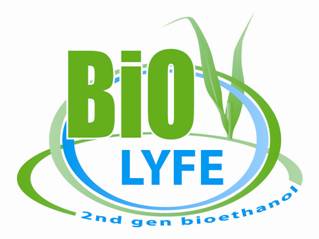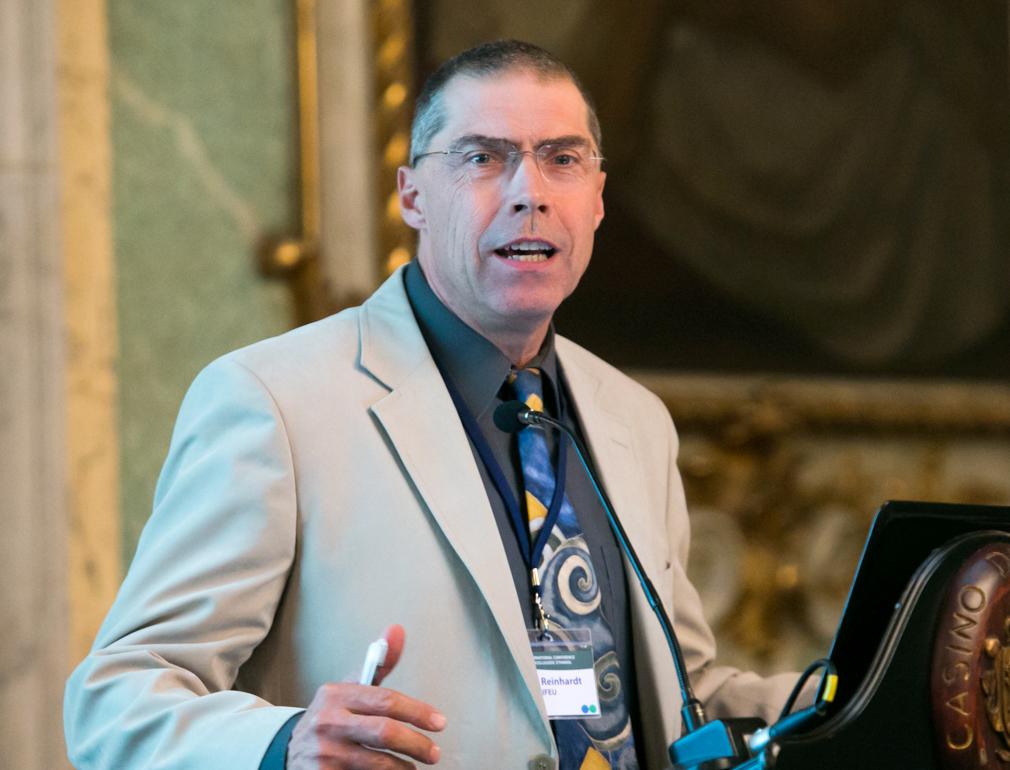|
2nd BIOLYFE conference on 4th June 2013 in Copenhagen
The BIOLYFE consortium organised the 2nd BIOLYFE conference on 4th June 2013 in Copenhagen alongside the 21st European Biomass Conference and Exhibition. The conference attracted over 30 participants from all over the world.
The goal of this conference was to provide an insight into second generation bioethanol production. The focus of the conference was on technological issues related to the production of second generation bioethanol at the demo-plant in Crescentino, Italy.
Conference agenda
Moderator: Rainer Janssen, WIP Renewable Energies
Chairperson: Dario Giordano, Chemtex Italia
14:00 Welcome and introduction to the BIOLYFE Conference
Dario Giordano, Chemtex Italia
Rita Mergner, WIP Renewable Energies
14:10 Key note presentation
Kyriakos Maniatis, European Commission
14:30 Green Chemistry and Biobased Products: Proesa® and Chemtex approach based on Proesa®
Dario Giordano, Chemtex Italia
14:50 Advanced Biofuels – EU Policies and support schemes
Rainer Janssen, WIP Renewable Energies
15:10 Demo-plants from economic and financial perspective, R&D needs
David Chiaramonti, University of Florence
15:50 Break
Chairperson: David Chiaramonti, University of Florence
16:10 Hydrolysis of biomass at high dry matter content: effect of different pretreatments and process strategies
Federico Liuzzi, ENEA
16:30 Development of high performance enzymes
Lone Bækgaard, Novozymes
16:50 Fermentation technology for lignocellulose Gunnar Liden, Lund University
17:10 Feedstock harvesting and supply Fabio Sissot, Agriconsulting
17:30 Final discussion and closing of the conference Rainer Janssen, WIP Renewable Energies

Picture 1: Participants of the conference
The conference was moderated by Rainer Janssen from WIP Renewable Energies.
The Key note presentation was made by Kyriakos Maniatis from European Commission, DG Energy on the Role of advanced biofuels in the EU’s energy and climate strategy. The main topics discussed were current use of biofules in the EU, sustainability criteria, and the Commission’s proposal on ILUC.

Picture 2: Kyriakos Maniatis, European Commission, DG Energy
Today we use around 14 Mtoe of biofuels, but including estimated indirect effects, these biofuels only save around 20% GHG emissions compared to the fossil fuels they replace. In order to achieve the envisaged 80% reduction of GHG emission in 2050, we are likely to need around 100 Mtoe of biofuels that save substantial amounts of GHG emissions (75% and more). Such high savings are likely to be achieved only with biofuels based on wastes or residues or other types of advanced biofuels. The two main legislative acts relevant for the promotion of the use of renewable transport fuels are the Fuel Quality Directive (FQD) and the RED. The FQD sets a 6% greenhouse gas reduction target in carbon intensity of road transport fuels and the Renewable Energy Directive sets a target of 10% renewable energy in transport by 2020. Biofuels are expected to deliver a significant contribution to both targets.
Dario Giordano from Chemtex Italia presented the Green Chemistry and Biobased products: Chemtex approach based on Proesa technology. Crescentino commercial plant was introduced as a starting point for the biorefinery. ‘Only if we succeed in converting the whole barrel of biomass in a dedicated biorefinery, we will be successful and competitive’, told Dario Giordano.

Picture 3: Dario Giordano, Chemtex Italia
Rainer Janssen from WIP Renewable Energies introduced EC policies and support schemes on advanced biofuels. Sustainability criteria and existing initiatives such as the Global Bioenergy Partnership, the Roundtable on Sustainable Biofuels as well as ISCC (international sustainability and carbon certification system) were discussed. Rainer Janssen also introduced different existing financial support schemes for advanced biofuels: FP7, ERA-NET Plus, and NER 300. According to Rainer Janssen, existing legislation currently gives low certainty to renewable premium over fossil fuels leading to difficult project financing. It is important to extend the Renewable Energies Directive by including clear targets for 2G to 2025-2030. Also a clear growth path for 2G should be implemented.

Picture 4: Rainer Janssen, WIP Renewable Energies
David Chiaramonti from University of Florence discussed demo-plants from economic and financial perspective and R&D needs. Different on-going projects all over the world were introduced. Currently there are 39 demo projects in EU (22 on biochemical processes and 17 on thermochemical processes). USA and Brazil were mentioned as the leading countries in ethanol production. Asia is a very promising continent with fast growing market and huge potential for advanced biofuels and green chemicals (India, Malaysia, Philippines, Thailand, Indonesia, China, Japan etc.). The main benefits from advanced biofuels development and deployment in the EU are as follows: employment, know-how development, mobilization of investment and export. All this significantly contributes to sustainable development.
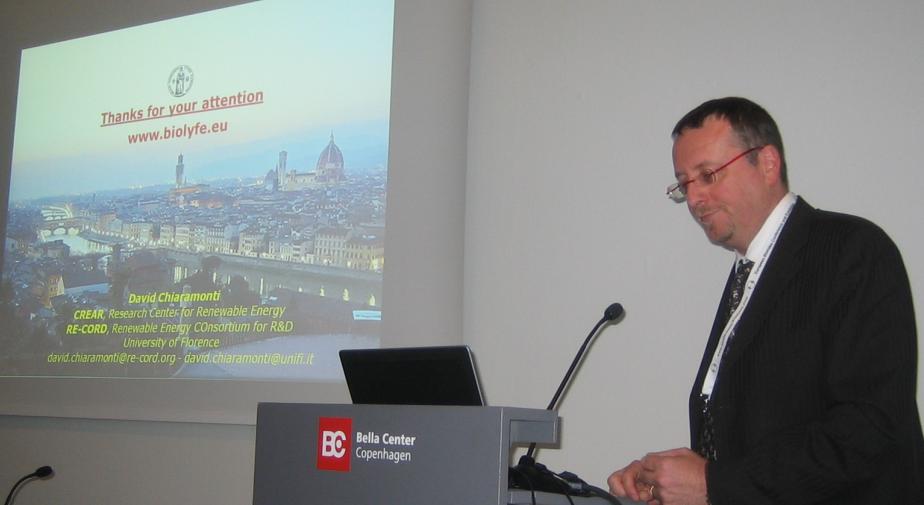
Picture 5: David Chiaramonti, University of Florence, Italy
Federico Liuzzi from ENEA made a presentation on Hydrolysis of biomass at high matter content: effect of different pretreatments and process strategies. Arundo donax contains significant percentages of C5 sugars. This implies the importance of selecting pretreatment conditions that minimize the degradation of pentoses. Different experiments carried out were introduced.
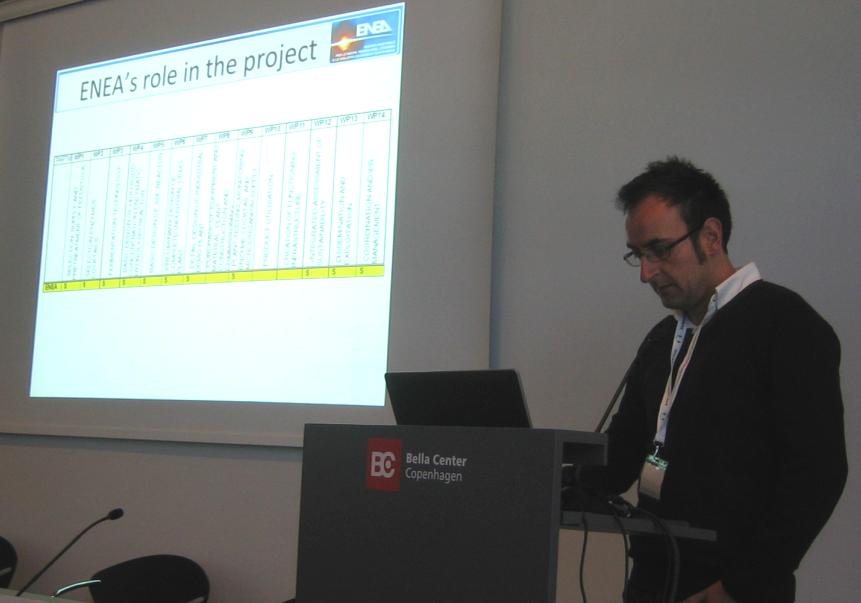
Picture 6: Federico Liuzzi, ENEA, Italy
Gunnar Liden from Lund University made a presentation on Fermentation technology for lignocellulose. He discussed the challenges in lignocellulose fermentation, mixing, fermentation process design, and xylose fermentation. Different experiments carried out and the main outcomes were introduced. All processes in the bioethanol production stages are interrelated. The selection of feedstock is highly important as it has an impact on the process conditions for pretreatment, hydrolysis and fermentation.
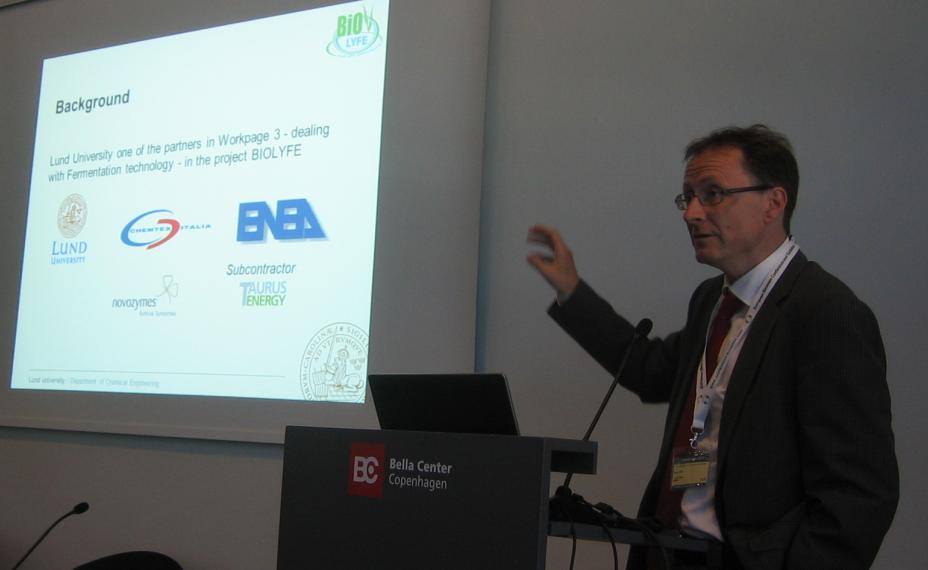
Picture 7: Gunnar Liden, Lund University, Sweden
Fabio Sissot from Agriconsulting discussed the main issues on Feedstock harvesting and supply. Different agricultural residues such as wheat/barley straw, rice straw, oat straw, corn stalks were introduced. The main advantage of these residues are no land competition and easy storage. The feedstocks selected for the BIOLYFE demo plant in Crescentino (Arundo donax, Sorghum bicolor and cereal straw) were analysed.
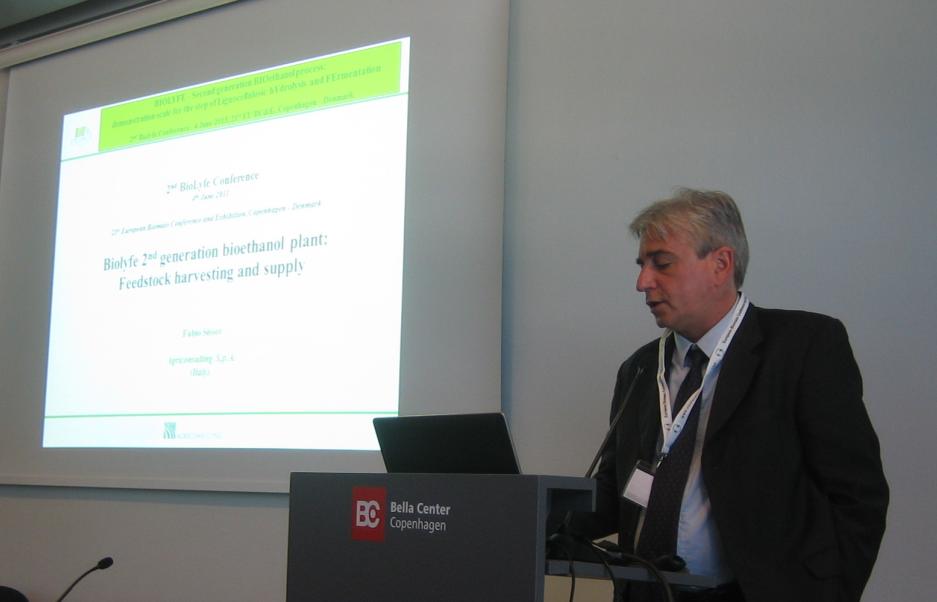
Picture 8: Fabio Fissot, Agriconsulting, Italy
|
